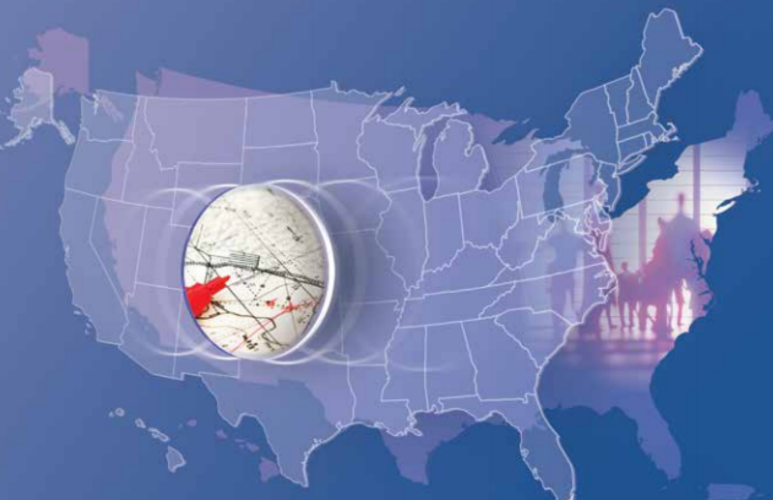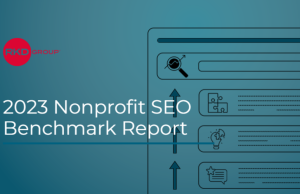The most recent round of data released by the United States Bureau of the Census offers population, race and housing information on levels that reach from state to block levels. The data will be used to determine everything from federal, city and local representation districts to assessment of citizens’ needs – and therefore access to federal and state dollars.
The report represents only the first salvo in the data’s potential impact on nonprofits. The surveying process in 2020 had several hurdles. The Trump administration’s maneuvers to include a citizenship question on the form might have tamped down participation. Additionally, traditional in-person data collection efforts were hampered by the coronavirus pandemic, as health protocols discouraged face-to-face interactions.
Because of these factors, the results are likely to be litigated on the federal, state and local levels. The stakes are large: Washington D.C.-based National Council of Nonprofits President and CEO Tim Delaney estimates there is $900 billion in federal distributions riding on the results.
“If you live in an area where everyone is counted, you get your fair share of federal dollars,” Delaney said. “But if someone is not counted, they still exist. They still need food, they still need education, they still need transportation, they still need all the basics.”
Given the decennial schedule of the census, any undercount will have reverberations for at least 10 years, Delaney added.
In addition to the government dollars at stake, nonprofit managers use this data to determine where their constituents are, and what services they might need. Accurate census data could be the determinant factor between building a senior center or a preschool facility. Or, even, whether the nonprofit should physically relocate, especially if its mission involves on-site service.
“If you analyze the data and see there are only two people who can still drive to you, and everyone else has moved across town, you need to hook up with your clients where they are,” Delaney said.
The dollars and the data are only two key components of census data for nonprofits. Delaney noted that in areas that allow partisan district drawing, the underprivileged might be underrepresented in their city, state and even federal governments.
“It’s not true to democracy, but that’s part of the conundrum about the gerrymandering that occurs,” he said. “If people have a particular need, they need to be able to express their views and have them heard by the policymakers. And if the policymakers are predisposed or even committed to representing the interests of for-profit operations so their friends can make a lot of money and help with their re-elections, you are going to get a different result.
“That’s why it’s important that the lines get drawn fairly – so people come together through nonprofits to lift and amplify their voices, whereby they can be heard,” Delaney continued.
Even if the current data set, which will be used in redistricting, does not necessarily benefit a given nonprofit, organizations should not lose hope. The Census Bureau issues a steady stream of information as it processes its data, and subsequent releases may contain information that benefits a given nonprofit’s cause. Planned upcoming releases include national and state population and demographic components of population change, which will be available in December; county population and demographic components of population change, which will be released in March 2022; national, state and county housing units in May 2022; and national, state and county population by age, sex, race and Hispanic origin in June 2022.
While the current report is labeled June 30, the Census Bureau released it in mid-August. The report is available here.








